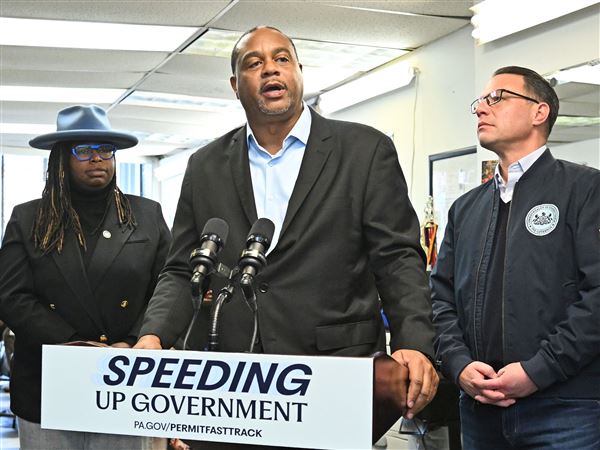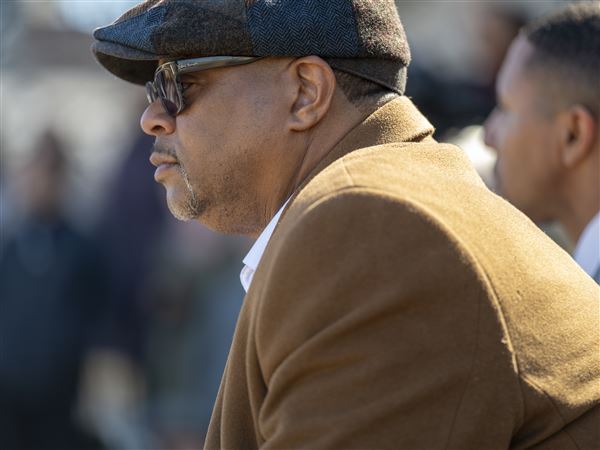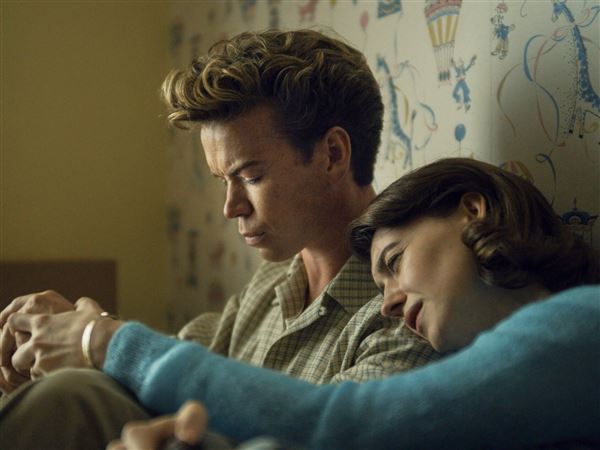Eileen Fisher, the New York clothing designer, faced a dilemma common to a growing number of baby-boomer entrepreneurs pondering the future of companies they built from scratch: how to cash out some of her closely held company and diversify her holdings.
Last fall she found a solution. She set up an employee stock-ownership plan, or ESOP, for her 624 employees, transferring nearly a third of the shares of the company into it.
The move let Ms. Fisher, 56, take out about $30 million of the value of the company in cash without incurring a big tax bill, thanks to federal tax incentives designed to encourage employee ownership. And it let her keep control of her company, Eileen Fisher Inc.
For employees, ESOPs are a kind of retirement plan, invested almost exclusively in the shares of the sponsoring employer. The shares are gradually deposited into employee accounts over time; when employees leave the company or retire, they sell their shares back to the plan for cash. Eileen Fisher expects its annual contributions to the plan to be the equivalent of 14 percent of employees' compensation.
"The combination of both selling and giving the piece of the business to the employees felt right," Ms. Fisher said. Plus, she said, "It allows me to get some money out." Ms. Fisher has a 17-year-old son and 13-year-old daughter, and she sees diversifying her holdings as a way to protect their future inheritance.
Decades older than the 401(k) plan, ESOPs date back to the 1950s, and gained tax breaks on the theory that employee-shareholders bolster capitalism and make companies more efficient, and because, in the best case, they can help workers accumulate retirement savings.
The programs have been controversial because of scattered abuses in which owners have used ESOPs to dump illiquid shares, getting cash themselves and leaving employees with worthless stock. And as retirement plans, they leave much to be desired, because employees are locked into a single stock. Thanks in part to ESOPS, high-profile corporate failures at Enron Corp. and other companies decimated employees' retirement accounts that were stuffed with company stock. Closely held firms sometimes fail when markets change and they can't keep up.
But in some circumstances, ESOPs can benefit both company owners and employees.
Ms. Fisher, an unconventional boss who offers employees yoga classes at corporate headquarters, had long wanted to give workers a stake in the firm she founded in 1984, known for its stylish, flowing women's clothes. Last year, the company, which has 37 stores in the U.S. and also sells clothes through other retailers in the U.S. and Canada, rang up sales of $225 million.
Ms. Fisher rejected the idea of taking the company public, because she feels public companies can be too focused on shareholder returns. She also decided against selling a piece of the company to private investors. "I don't want to have to bring in outsiders," Ms. Fisher said. "I want to keep the company intact with the people who've grown it."
Meanwhile, employees told her they wanted a retirement program to supplement the rudimentary 401(k) the company offered in addition to annual cash profit-sharing payments.
So Ms. Fisher decided to set up an ESOP. The firm borrowed about $30 million from a consortium led by Bank Leumi USA and then lent it to the ESOP. The ESOP in turn used the cash to buy a portion of Ms. Fisher's shares.
That left the ESOP with about 31 percent of the firm's shares and a $30-million debt to the company; the company owed $30 million to the banks; and Ms. Fisher had $30 million cash but only a 69 percent stake in the company.
Over the next eight years, the company will contribute cash from its revenues to the ESOP, paying off the loan in the process. But tax breaks make the loan repayments less painful: the company can deduct not only the interest on the loan, but the principal as well, as contributions and dividends paid to the plan are entirely deductible.
Ms. Fisher receives tax breaks too, by investing the cash in securities, such as stocks and bonds, issued by other domestic companies, with some restrictions. By doing this within a year, she can postpone taxes until she later sells those investments. Ms. Fisher says she invested the proceeds in securities from "socially responsible companies."
Ms. Fisher announced the ESOP last spring in her annual meeting with employees. Delores McDonald, a 56-year-old technical designer who has worked at Eileen Fisher for more than 11 years, welcomed the program. She said she has "always worried" about not having a pension, particularly after dipping into her 401(k) account to help pay for her children's college education.
Younger employees also like it. "I had not even started thinking about retirement yet," said Catherine Fordham, 25, who helps administer the company's social outreach programs. "It does make me feel like I'm more deeply rooted."
ESOPs do have drawbacks. Though the moves help owners diversify, so that their financial fortunes aren't tied to a single company, it does the opposite for employees. "If the company craters ... you may not only lose money, but you lose your job," said Greg Schultz, a financial adviser with Asset Allocation Advisers in Walnut Creek, Calif.
That's why some employers who use ESOPs remind employees about the need for other retirement savings.
"As responsible managers, we tell our employees: This looks like a retirement plan and feels like a retirement plan, but it ain't. This is putting all your eggs in one basket," says Michael Comer, general manager of Johnny's Selected Seeds, who with his boss, company founder Robert Johnston, set up an ESOP in June for the Winslow, Maine-based specialty seed producer.
Aging entrepreneurs are fueling the growth in ESOPs, says Corey Rosen, executive director of the National Center for Employee Ownership, an Oakland, Calif.-based trade group. Much of the 15 percent growth in ESOPs over the past five years was at closely held firms, he says. Today, ESOPs cover more than 10 million employees, and have an estimated $500 billion in assets -- substantial even compared with the $2.4 trillion saved in 401(k) plans.
While a key attraction of ESOPs is that they let owners extract cash from their companies, several boomer entrepreneurs cite other appeals as well. Last month, Scott Rossiter, 56, gave an ESOP full ownership of Lampin Corp., the Uxbridge, Mass., precision component business he owned for nearly a quarter century. "We're all a bunch of hippies -- I think that's probably why ESOPs appeal to us," he said. "Sharing the wealth seems to make a lot of sense. ... It's capitalism at its best."
But not all owners are necessarily equal. Companies can limit ESOP participants to voting only on the most significant events, such as mergers or liquidations. And the founders typically keep a hefty stake, especially at first. Although management at Eileen Fisher regularly consults with workers about decisions large and small, "If the employees think they are now going to have a direct say or any real kind of power -- the right to make decisions and to determine company policy -- that doesn't happen," says Ken Pollack, Eileen Fisher's chief financial officer. "Eileen is still going to own 70 percent of the company."
Over the next decade, Ms. Fisher says she may transfer more of the company -- perhaps all of it -- to the ESOP, in part for estate-tax purposes. "If I die, there will be at least a chunk of the company not being held by the estate; then that part wouldn't be at risk" from estate taxes or other costs, she said.
First Published: January 22, 2007, 5:00 a.m.














